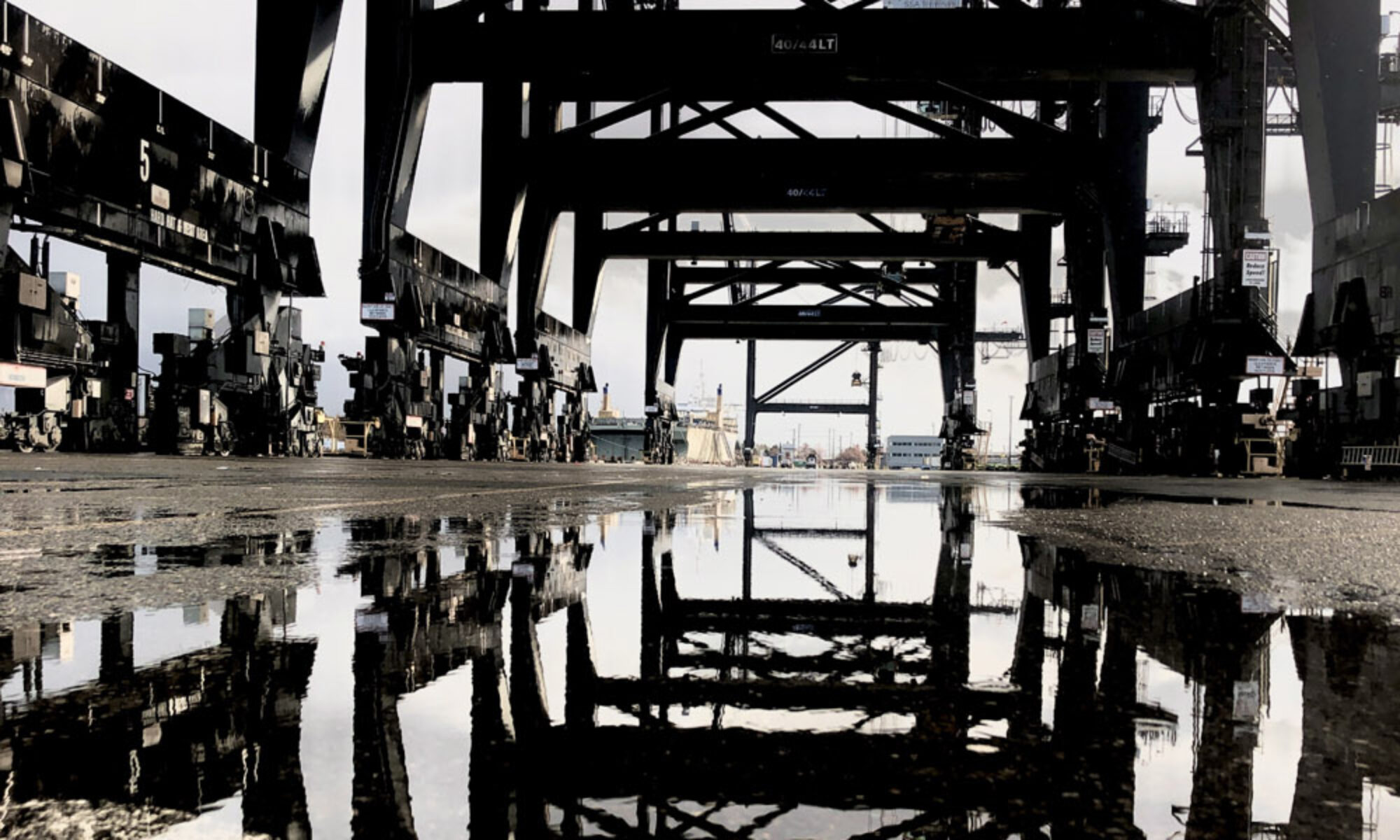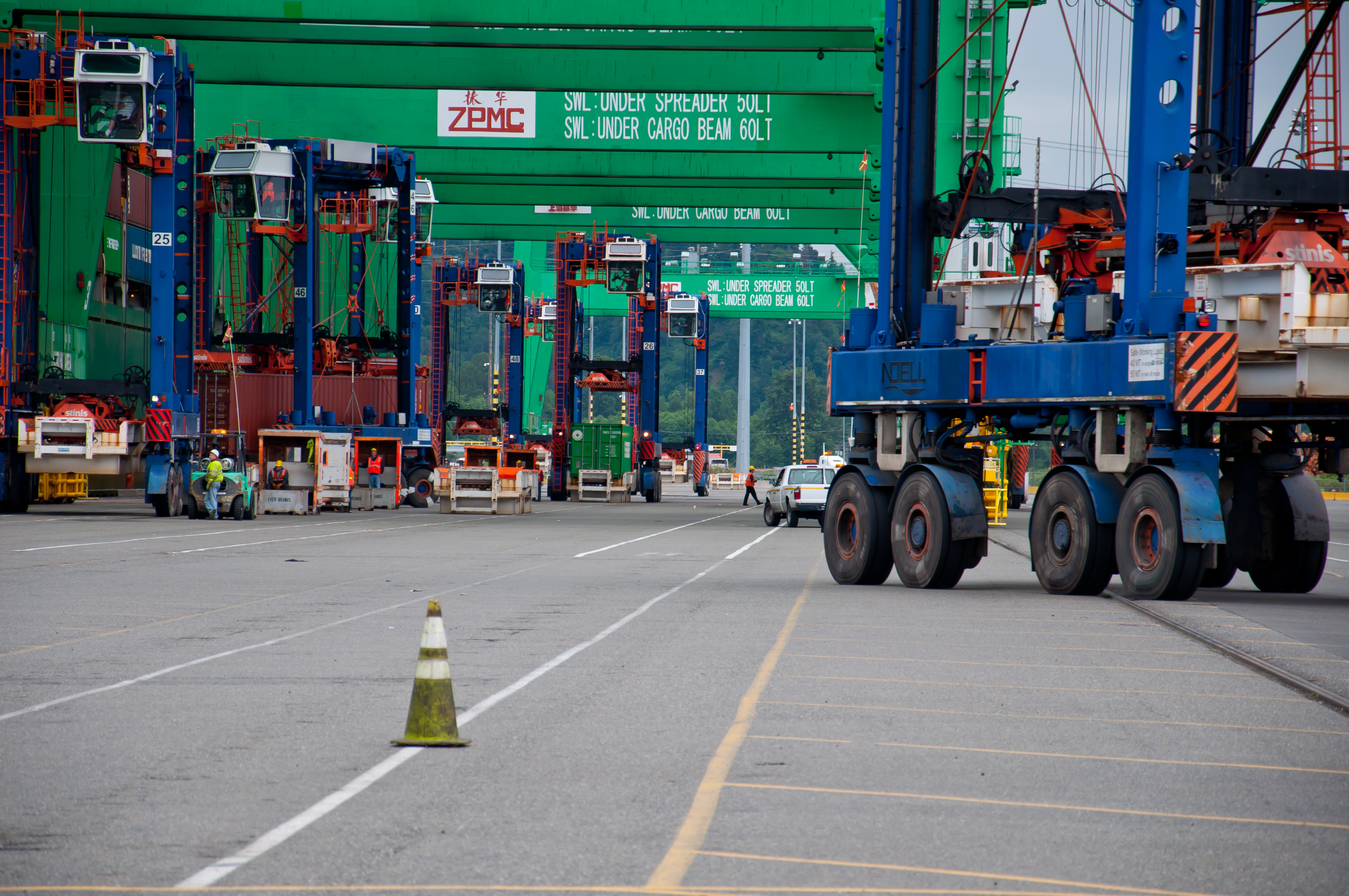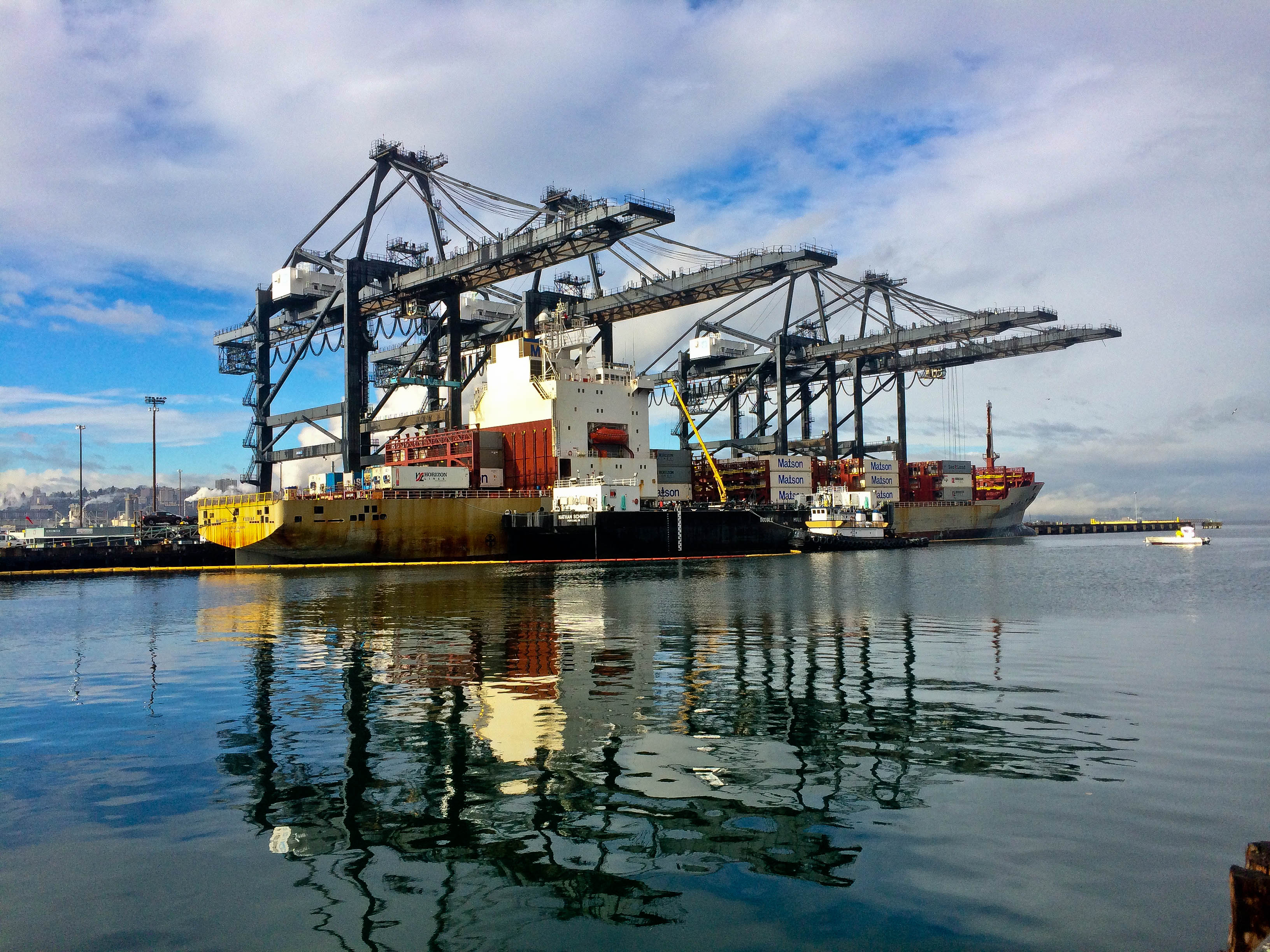
The thing that disturbs me the most about this methanol/LNG mess is not the methanol or LNG per se. Rather it’s that these issues bring home the hard, cold fact that while we were sleeping, there’s been a coup. Our city’s been taken over by hostile forces. Tacoma and the United States are both well on their way to becoming oligarchies.
When people talk about the country becoming an oligarchy on the national level, it’s hard to grasp. We still have our homes and jobs, the same programs are on TV. We’re going on a vacation to Yellowstone next year. Cousin Steve just got married and the wedding was fantastic! On and on. In almost every ordinary way, things are the same now as they were 5-10 years ago.
As applied to the United States, the term oligarchy is an abstract; it’s intangible. Because of the overt normalcy, it’s really hard to come to terms with. “Yeah, America is an oligarchy, you say? Hey did you catch last night’s Mariners game?”



